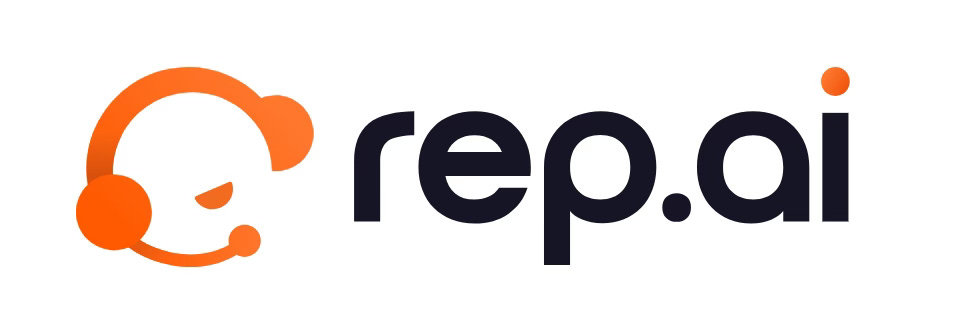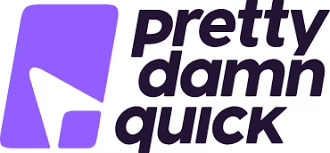Thoughts on Investing and Starting Up
When a company is first getting started founders are usually focused on a key problem in their market. The goal is to build technology to create value by solving that problem for as many people as possible. In the process of validating that problem with potential customers and studying the market, founders are often confronted with how they should deploy their limited resources in the near term, and the choice can be boiled down to:
Narrow the market scope OR Simplify the product.
Put another way: would you rather go a mile deep and an inch wide or an inch deep and a mile wide?
The reality is that the best answer is somewhere in between the two and the ultimate goal is to be a mile deep and a mile wide (i.e., Microsoft, Google, etc.) The question is, for a given market and the resources available, which dimension is the right one to prioritize in the early days - because when you are just getting started, you are an inch deep and an inch wide.
Let’s look at it through the lens of three of our key focus areas: application layer software, infrastructure software, and vertical software.
Application Layer Software
These markets are nearly all very busy these days. Many competitors (incumbents and startups) are offering a variety of solutions to companies, and customer acquisition cost is going to be a big driver for key business decisions. In many cases, going simple is a good bet. Trying to build a full operating platform from scratch in 2024 is a daunting task, both from a technology development perspective, but also from a market access perspective. Being able to build and message a very specific value proposition gives small, new companies a better chance of getting customers’ attention. It also allows them to iterate more efficiently on both product and GTM strategy until they figure out what works. Once they get some customer momentum, they can work from the inside with customers to develop the rest of their product roadmap. They will have the ability to collect data, iterate on product, and leverage their existing relationships to push new products and increase ACVs. The downside/challenge here is whether a simple product can establish enough of a foothold inside customers. Often customers are using entire suites of products from incumbent software providers, so integrating a new tool and/or deprecating a free product inside an existing platform takes a truly amazing product. Some successful examples have been Slack and Zoom - their products are very similar to free offerings from Microsoft and Google, but the adoption is still massive. The products were just that much better. They have both expanded their offerings in a meaningful way to increase their footprint inside customers and their ACVs accordingly. Other great examples are Loom and Docusign. Notably, Loom is owned by Atlassian now and Slack by Salesforce while Docusign and Zoom have remained independent and shifted to a strong platform strategy.
In summary: simplify, but the products need to be killer to stand out.
Infrastructure Software
Infrastructure software is hard to build: the standards are high and the contracts are big, but the customers can be both bureaucratic and fickle. The only solution I have seen work in infrastructure software in recent years is to raise enough money to build a great product that goes deep enough to be truly differentiated while also broadly applicable to a big market. Often times you will see a CEO/CTO team wherein the CEO could have been the CTO at any other company. This helps tackle the two-pronged challenge because the CEO brings their technical chops directly to the customers while the CTO and engineering team can build the high level products that the market needs for production environments. We currently have a portfolio company doing a great job at this balancing act: the CEO is working with sales executives to narrow the initial target customer profile and execute right-sized deals while the CTO is bolstering the product with scalability and robustness so that they can move upmarket into larger customers as soon as possible. Blitzing the market with a barely-working product will lead to failure, and taking a consultative approach with large customers and trying to meet all of their needs will prevent the team from achieving a scalable product-market fit.
In summary: you need to do both! Find the subset of customers whose needs map to a larger set of customers while building a robust and scalable product.
Vertical Software
Let’s start with what vertical software actually is: software sold into a specific industry to solve industry-specific problems. Historically vertical software companies were almost all platforms - Guidewire, Veeva, Textura, Ellie Mae, Instructure, etc. The thesis was that markets were smaller, but you could run a more efficient GTM strategy and almost always land-and-expand with additional products and features built specifically for that industry. When companies were looking for software solutions, they wanted something that went end-to-end or close to it, so platforms won the day. In that environment, narrow was the approach early: start with a specific submarket, build a full-fledged product for them and then expand into the immediate adjacencies. When the alternative was pen and paper, software needed to meet all customer needs to go anywhere. As software adoption across all industries has exploded in the last 5-10 years, there is now room for more specific solutions inside verticals. Most companies are now using some sort of software to run their business - maybe it’s Salesforce, Google, Zoho, but it could also be no-code tools like Airtable, Notion, Monday.com. There are two approaches to displacing or augmenting these tools: the first is to rip out the horizontal solution that has been customized for that business with a purpose-built tool (narrow). Affinity as a CRM for VC would be a good example of this. Our portfolio company Novodia is also working on this approach in the educational content sector: displacing low/no-tech solutions for educational content creation and management. The second is to build industry-specific integrated products (simple). A good example would be our portfolio company Droxi.ai, which works with existing EHRs or Nemodata, which is focused on fleet maintenance and works with existing sensors and platforms.
In summary: It is hard to generalize anything in vertical software because adoption patterns vary so greatly by industry, but either narrowing OR simplifying could work as an early market access strategy - though it’s likely both won’t work at the same time.
Narrowing or simplifying strategies can both work depending on the situation, but be very clear on the desired approach, and then make sure that there is a path to mile wide / mile deep success from either the mile wide / inch deep or the inch wide / mile deep initial approach.
Portfolio Highlights
Rep.ai (formerly known as ServiceBell), is focused on using GenAI to help sales teams generate more leads. Rep.ai engages visitors in real-time, understanding their buyer journey and converting traffic into meetings more efficiently than humans. This AI-powered solution provides continuous, context-aware sales support to boost conversions and grow the pipeline.
KiaPod Learning provides small, in-person 'pods' where online and microschool students can learn in a supportive, co-working-style space. Combining the benefits of online and in-person education, KaiPod helps students access personalized curriculums while building meaningful social connections. KaiPod also supports parents by ensuring their children are on the right learning path. With locations in Arizona, Florida, and New Hampshire, KaiPod further helps educators through KaiPod Catalyst, the nation’s largest accelerator for launching microschools, offering mentorship, resources, and a community for founders to succeed.
Fintastic offers a full-stack FP&A platform that uses probability science to turn financial data into real business value. Their no-code solution creates a digital twin of your company, enabling continuous rolling forecasts, real-time scenario simulations, goal-driven budgets, and performance benchmarking. With seamless data syncing and extensive reporting, Fintastic provides the actionable insights teams need to optimize business performance without the hassle of complex implementation or maintenance.
FormLogic automates custom machining using software and robotics to deliver rapid, precision components for space and other frontier industries. Traditionally, custom machining relied on small shops with varying service levels, capacity, and lead times. Formlogic’s 24/7 autonomous factories streamline this process, offering clients speed, transparency, and economies of scale, making high-quality custom parts more accessible than ever.
PDQ (PrettyDamnQuick) helps SMBs and fast-growing Shopify brands streamline their delivery process. Their platform automates fulfillment with features like fraud detection, easy delivery assignment, and dynamic checkout. Customers have increased order capacity fivefold, with delivery times averaging less than two days, offering Amazon Prime-style speed and flexibility for small businesses.
Who we are
Verissimo Ventures is a Pre-seed and Seed Venture Fund based in Israel and the US. We invest primarily in software business models and take a fundamentals-driven approach to early-stage investing. We work closely with founders to help them build the strongest, most fundamentally sound businesses with potential for explosive growth and a meaningful impact on the market.
We were founded in 2020 and are currently investing out of Fund 2.
Thanks for reading Verissimo Ventures Monthly!









